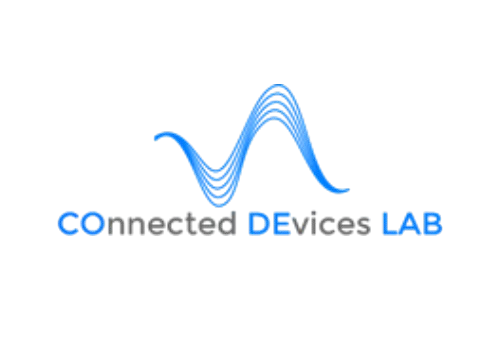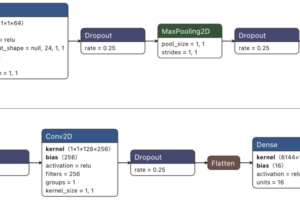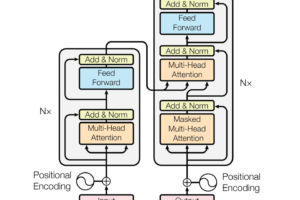
Medical Technology and Patient Centricity
The past 28th to 30th of September 2014 a very interesting congress on new human reproduction technologies took place in Alicante, organized by the IVF-SPAIN Foundation and Merck Serono. A new generation of technologies is disrupting human reproduction. If by now biomedical and embryo lab technologies were the main drivers, now information technologies and genomic sequencing have taken the leadership.
Predictive time lapse technologies like Eeva (Early Embryo Viability Assessment) can identify in a more accurate way than human embryologists, which embryos are more likely to implant. In fact, studies show higher implantation and pregnancy rates when using Eeva. Diego Ezcurra, head of technology at Merck Serono, explained during the congress that there are already prototypes for automated cell injection; currently a pretty artisanal work of embryologists. Other automation possibilities are sperm vitrification and embryo assessment too.
This changes completely the nature of embryology work. Sarah Franklin shows in “Biological Relatives†the paradox of IVF labs as a high tech uterus (ex vivo) with a high degree of manual and artisan work of the pre-industrial kind. By 2020 the artisan side of the embryologist’s work might have disappeared.
Technology and beliefs
Franklin shows also how the embryologist’s work and the laboratory itself seem to be a mystery to the patient. Patients often do not understand well how embryos develop in this high tech context; a contrast with the traditional and intimate biological process. Patients find themselves confronted with a black box. To close information gaps they sometimes assign “mystic†attributes; ethnographies in IVF clinics describe how patients explain things through cultural and social beliefs: religious, spiritual, superstition or self-constructed mental schemes (see articles by Paxson, Inhorn, Gurtin). Automation technologies promise transparency and thus end the mystic and black box character of embryology But, does technology really mean transparency to the patient?
Patient centred technologies
In the past 20 to 25 years hospitals have witnessed massive medical technification. The processt has saved many lives, but that might have contributed to open a gap between doctors and patients. This is the opinion of Dr. Heras – intensivist at a Spanish Hospital- (watch the video).
Certainly many technologies have obtained more rejection than acceptance. This is why companies tend to work with user or patient centered approaches. Work with patient contexts, families, caregivers and other approaches has been undoubtedly very useful. UX methodologies and living labs account for higher patient acceptance of medical technologies.
But is this enough? In many cases yes. In other cases not. For example: e-health for the elderly (ambient assisted living or AAL) with heavy use of patient centred innovation has not achieved remarkable results. In this paper Cardineaux and his colleagues state that privacy of patients is not ensured with a 24 hour monitoring. The main sign that patient centred approaches are not enough is the fact that the AAL market does not work. The European Union still has to invest money in a sector that in the past 7-8 years has not shown signs of being sustainable.
Many of the AAL products, in spite of EU explicit user involvement requirements, weaken the already thin family and social relations of the elderly. Why? Because trying to monitor as many factors as possible, many elderly feel that AAL technologies reduce their independence and ability to help themselves. This perception, and the high cost these technologies still have, prevent the market from working.
The digital revolution: putting patients in the centre
Of course patient centric technologies, as well as many AAL and medical technologies have clear benefits. The difference between a patient centric technology and putting the patient in the centre is not the technology, nor the design of technology (if it is human centred or not). The question is if it is patient driven and empowers the patient. Empowering the patient means a paradigm shift for organizations: going from an industrial perspective of economies of scale to a personal perspective. This is the reason why digital technologies and the web 2.0 are such a success: they create direct relationships between patients, professionals, organizations and companies that paradoxically are not possible within the organizational framework, where people interact face to face, and are possible on screens, where people do not interact face to face. The difference is the social setting.
Personal medicine versus cost management
Getting back to the embryo predicting technology, why does it work at some clinics as a tool for patient centricity, and not (only) as a lab automation tool and time saver? Because patient centric organizations co-create with patient insights to reshape step by step all processes to make them patient centric. So, a couple demanding Eeva in a boutique clinic will get personal advice about embryo development, decision making choices, transparency on how a lab works and understandable information on biological embryo development. A couple demanding Eeva in a big industrially organized IVF group will be attended quicker and get nice videos on embryos for marketing reasons, but will never participate in the decision making process about embryos.
Personal Medicine
This is possible in boutique clinics with private customers. Is it possible in a public hospital? Is it possible without a cost and waiting list explosion? Here is where the patient or de industrialist approach make the difference: as a healthcare technology company manager you have to decide whether to develop a technology that allows more personal interaction with patients and more (or better or more frequent) time for patient-healthcare professional relationship or just another time and cost saver based on economies of scale. As a hospital manager you have to decide which technology to buy and how to use it from a patients benefit point of view.
Carlos Bezos
IVF-SPAIN project manager and Recombine Europe manager
Source: OpenMind


